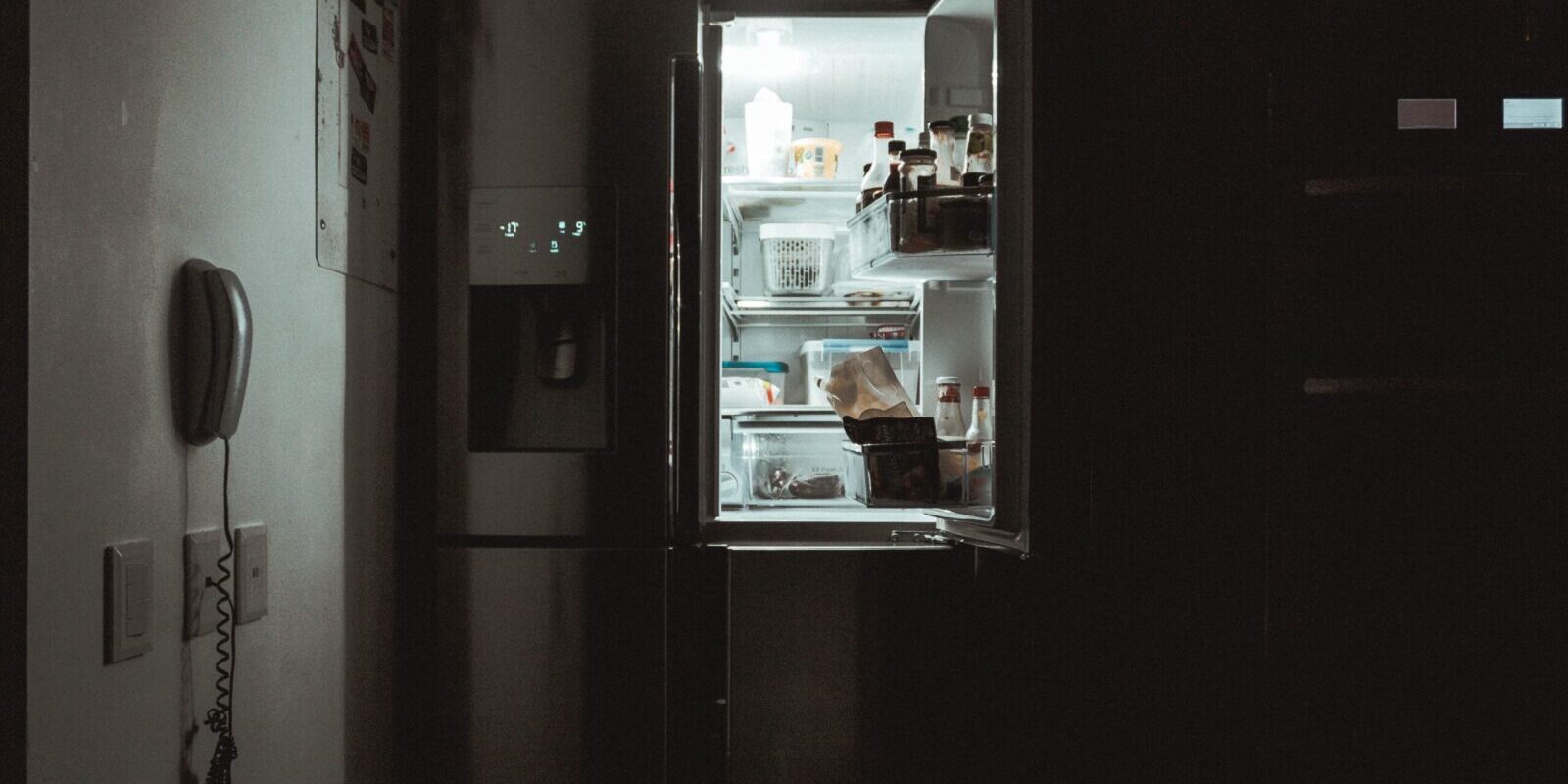If you are new to working with bacteria samples, you might not be well familiar with some of their working conditions. For instance, you might wonder when and why are bacteria samples stored in the fridge. Even if you are familiar, it is usual for you to dig deeper into the topic. So today, we will help you with all the probable answers you need to do so.
Depending on your work or the purpose of the stored bacterial samples, you have to use different categories of fridges. Otherwise, storing all types of samples in the same fridge is of no use. Therefore, we will also describe why you should use specific fridges to store the samples.
Why Do You Need to Store Bacteria Samples in the Fridge?
One of the most common ways to store bacterial samples in the fridge is to preserve them at a given temperature. Most of the samples require 4 degrees Celsius temperature so that you can get accurate results while experimenting with them.
Also, they do not grow rapidly in the water base once they are in the fridge. If there is bacterial growth in the samples, you might not get the correct study results.
Sometimes, there are different types of bacteria in the sample that you do not need for your study. And if you do not store them in the fridge, those bacteria can grow and outnumber the bacteria you want to experiment with. Therefore, you need to keep the sample in the fridge to preserve it as it is.
Also, some bacteria need a cold temperature to work against any form of contamination. If you keep them at room temperature, external factors or humidity can contaminate them. And with such contaminated samples, you cannot work.
Can You Store the Bacteria Samples in the Same Type of Fridge without any Issue?
You need to store the bacteria samples in different kinds of fridges or freezers, depending on what you want to do with them. The storage conditions in the fridge and freezer are not the same. Also, the storage period of the samples can vary.
So, ensure to use different types of fridges. Or else molds and other issues can affect the viability of the bacteria samples.
If you want to store the bacteria strains for a shorter period, you can keep them in the fridge under 4°C. Before storing them, you need to keep the cultures in slants or plates, specifically screw-capped tubes. After sealing the cultures, you can keep them in the fridge. Thus, it protects the plates from molds.
For long-term storage, you need to store the bacteria in the freezer. If you want to keep the bacteria cells viable for more than a week or month, it is a must to keep them in the freezer.
However, as the temperature is extremely cold in the freezer, the ice crystals can have a negative impact on the samples. Therefore, before storing the samples, adding Glycerol to the plates is inevitable.
The most common freezer for storing cultures for more than a year is the laboratory freezer. As the temperature in the laboratory freezer can go down to minus 40°C, it keeps the general purpose samples safe for a year.
However, it is necessary to store your samples in a freezer without the frost-free temperature to keep the bacteria cells active.
Sometimes, some samples can produce chemical reactions even inside the freezer. And to minimize the reactions, you need to store samples in an ultralow freezer. These freezers are expensive to purchase and run. But if you want to keep bacteria culture viable for several years, it is the best option to choose from.
To keep the biological bacteria samples viable for more than 15 years, make sure to store them in the cryogenic freezer. However, this freezer requires high-end maintenance. Otherwise, the samples can lose viability Why Are Bacteria Samples Stored In The Fridge? .
Frequently Asked Questions (F.A.Q’s):
- Is It Possible to Stop the Bacterial Sample Growth in the Fridge?
Fridge or freezer does not completely stop the bacterial growth. But its low temperature slows down the growth so that you can preserve the samples without major changes in them.
- Can the Bacterial Samples be Contaminated Even Inside the Fridge?
If there is a problem with the inside temperature of the fridge and it is not as cold as it is supposed to be, then it can affect the samples.
Also, if you keep on opening the fridge door constantly, it will take the fridge much time to reach its ideal temperature. And due to the inconsistent temperature, the samples can be contaminated inside.
- Can You Store Bacteria for a Year in the General Purpose Fridge?
No, you cannot store the bacterial samples in the general purpose fridge for a year or so. Because its temperature is not low enough to maintain the viability of the samples. You will not get accurate results after storing them in such a fridge for a year.
- Can Molds Grow on the Stored Bacterial Samples in the Fridge?
If you do not properly seal the bacterial samples, molds can grow on them even inside the fridge. Also, if there is any water leak inside the fridge, it may result in molds on the samples.
Conclusion
It is an age-old approach to storing bacterial samples in the fridge. You might not know the scientific reason behind doing so. But now, you may need to know “why are bacteria samples stored in the fridge” for educational or work purposes. No matter your reason to get into the explanation, our detailed analysis will make you more familiar with its ins and outs!
We suggest you store the samples with as many precautions as possible. Otherwise, they can lose viability, even if you keep them in the fridge.









